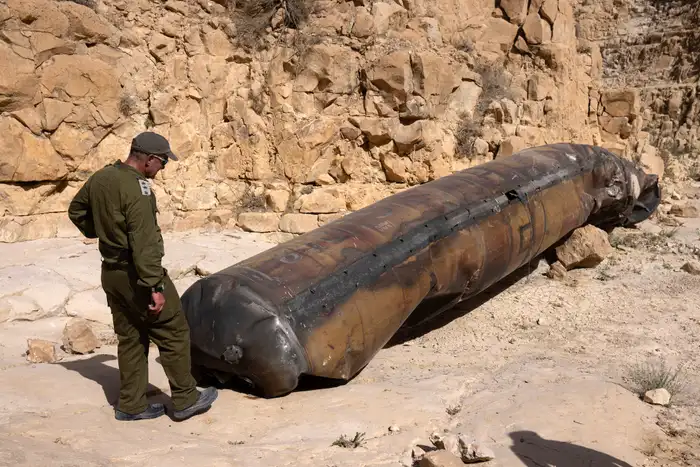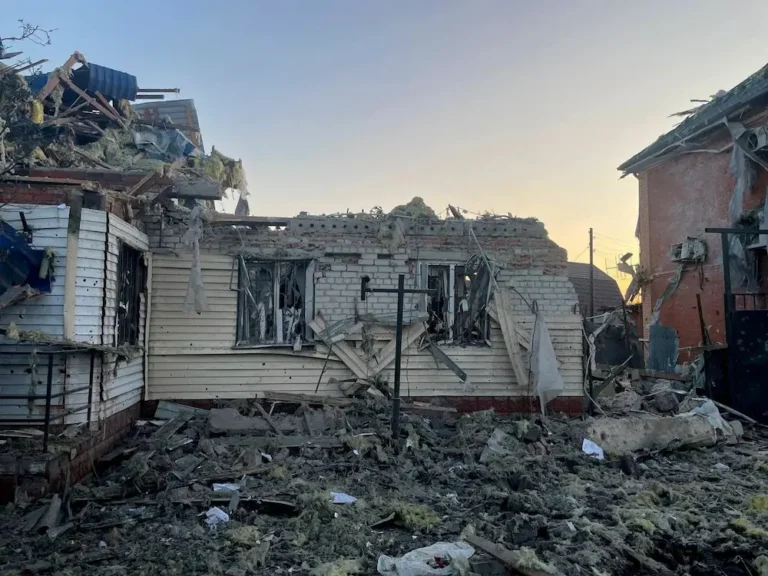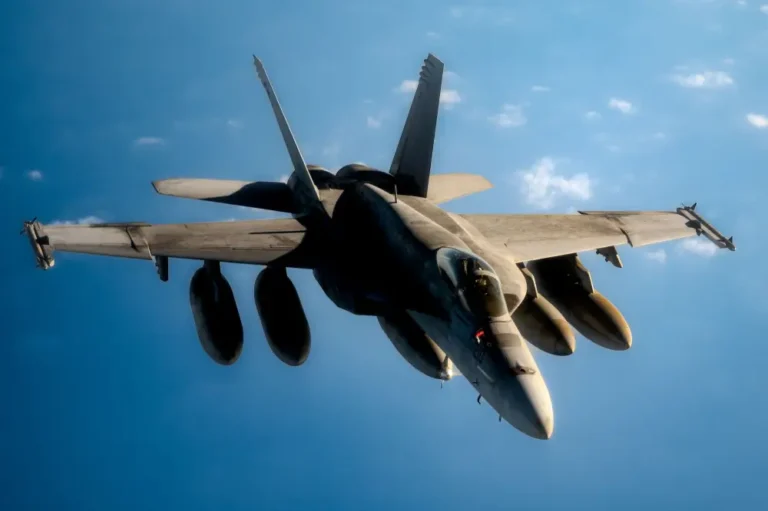Iran’s ballistic missiles have questionable accuracy, but Russia may not care

Russia is adding Iranian ballistic missiles to its arsenal against Ukraine, but claims about their accuracy are dubious.
Russia is restocking its ballistic missile arsenal with help from Iran, but there’s good reason to believe that these 200 or so short-range missiles Iran is widely believed to have delivered are not nearly as accurate as Tehran claims.
Iran recently transferred Fath-360 close-range ballistic missiles to Russia, weapons that can blast fortified positions or cities near the frontlines and which could strain Ukraine’s air defenses. Iran claims the Fath-360 is accurate to about 100 feet of a target, but a recent Iranian attack highlighted deep flaws with its missile claims.
“Russia needs all the shorter range firepower that it can get, and despite the technical failings of Iranian missiles, the Russian war in Ukraine is not about precision, it is about brute force,” Nicholas Heras, senior director of strategy and innovation at the New Lines Institute, told B-17.
Reports of the Fath-360 delivery via the Caspian Sea came barely a week after the Associated Press reviewed a new expert report on Iran’s April missile attack on Israel that raised serious questions about the accuracy of Iranian missiles. The report found that the liquid-fueled Emad missiles that Iran fired at an Israeli F-35I air base missed by a wide margin. Iran claimed the Emad could hit within 50 meters of a target, but the experts concluded the weapons had a 0.75-mile circular error probable, a measure of the distance from the aim-point in which 50% of missiles will land. That’s 40 times less accurate than Iran claimed.
“Russia wants this missile system in order to reduce stress on its own stocks of mobile short-range ballistic missiles, most notably for systems such as Iskander,” Matthew Orr, Eurasia Analyst at the risk intelligence company RANE, told B-17.

An Israeli soldier examines part of an Iranian ballistic missile fired at Israel during Iran’s direct attack in April.
These latest reports follow a Reuters exclusive in early August that Russian military personnel were receiving training in Iran on the Fath-360.
While the Emad, derived from the Shahab-3 family of Iranian missiles, is from a different class than the Fath-360, such accuracy issues could tarnish the usefulness of Moscow’s newest imports. Russia already acquired KN-23 ballistic missiles from North Korea. However, their use against Ukraine early this year raised serious questions about their accuracy.
On the other hand, the short range of the Fath-360 (75 miles) may indicate that Russia simply wants these missiles to augment its firepower in its depleting war of attrition against Ukrainian forces in eastern Ukraine.
“Russia is likely not concerned with the wide target deviation circular error because many of Russia’s own munitions have similar issues and because Russia has targets for which it is less concerned with such deviation,” RANE’s Orr said.
“The short range of this system suggests that Russia likely intends to use these systems against Ukrainian front-line forces and their supporting infrastructure, pushing the system launchers into greater danger than some of its own launchers for longer-range systems,” he added.






